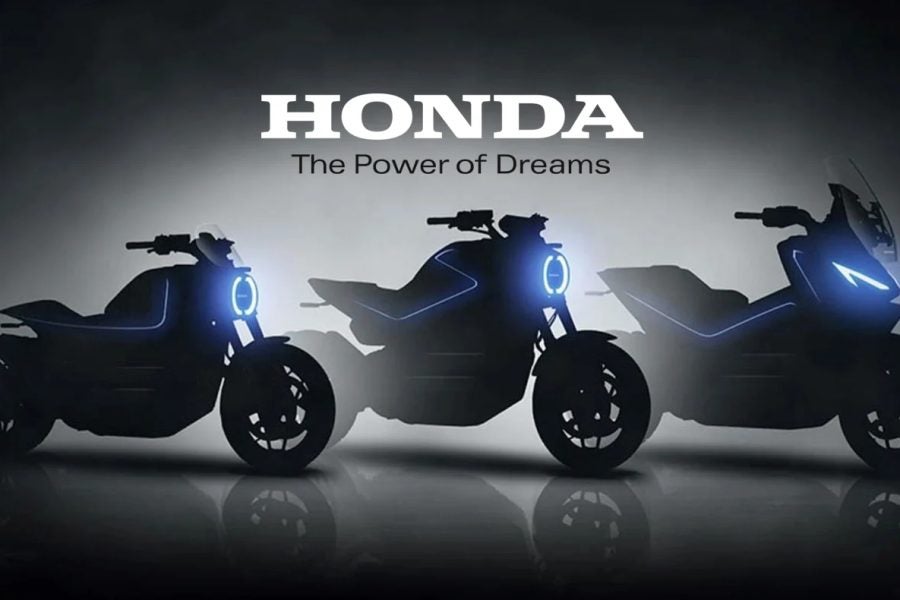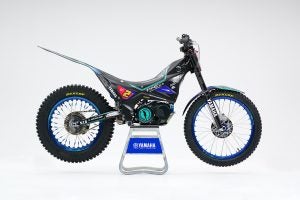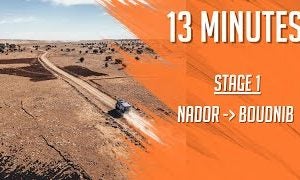Honda gave us a rare peek inside its future plans in a September 12 briefing, which laid out several points of the company’s move towards reduced carbon emissions. The short version is: Honda’s putting a lot of effort into planning future electric models, including everything from ebikes to full-sized motorcycles. And, internal combustion isn’t dead yet.
Although we didn’t get specifics, Honda confirmed it’s building three new electric motorcycles to enter the US market (and Australia/Europe/Japan/Canada/etc.) by 2024, roughly equivalent to mid-displacement internal combustion-powered motorcycles. You can see the silhouettes of those bikes above; Honda did not tell us what price point they’d come in at, although the spokesperson said it would not be the same price as a gasoline bike, which certainly hints at these models being more expensive.
Aside from those bikes, what did Honda say about the future of its electric motorcycle program? Honda says it hopes to have 15 percent of its production (3.5 million units) as electric vehicles by 2030, but that number will include a lot of ebikes and escooters. The presentation pointed out that the developing world is Honda’s biggest market, and currently, electric motorcycles are not suitable to those customers, due to high pricing and limited capability, battery range and charging infrastructure.
However, Honda plans to massively scale up its production to deal with this issues, and wants to develop its swappable battery technology so it’s usable in power equipment and other similar applications, not just scooters and small bikes. And, it plans to aggressively solid state batteries and other technologies, to bring EVs to the next level of capability.
Honda also talked about improving road safety. This is nothing new; the company has been emphasizing safety through interconnectivity for a while now, and the presentation briefly touched on Honda’s plans here. In brief: Honda wants to not just focus on hardware, like it did in the past, but also on software—presumably for license to other manufacturers as well. Honda says this interconnectivity of vehicles will enhance the riding experience on future models, although some of the “I just ride to get away from it all” crowd may take that idea with a grain of salt.
That’s a lot of talk about electric motorcycles, but the reality is, our current supply chains and infrastructure are all built around gasoline-powered vehicles. For that reason, Honda says it’s not ready to abandon the internal combustion engine just yet; to meet future carbon emissions standards. Honda will focus on cleaning up its gasoline-powered engines, and offer more flex-fuel machines. Honda’s Brazilian subsidiary already manufactures a motorcycle that can run on E100 (pure ethanol, with no gasoline blend). That machine will be offered in other markets, and we’ll see similar machines added to the lineup.
Finally, what about hydrogen power? Honda did say this was part of its future plans, but spent very little time talking about it, which is a good hint as to where hydrogen power factors into the future of transportation, period.







